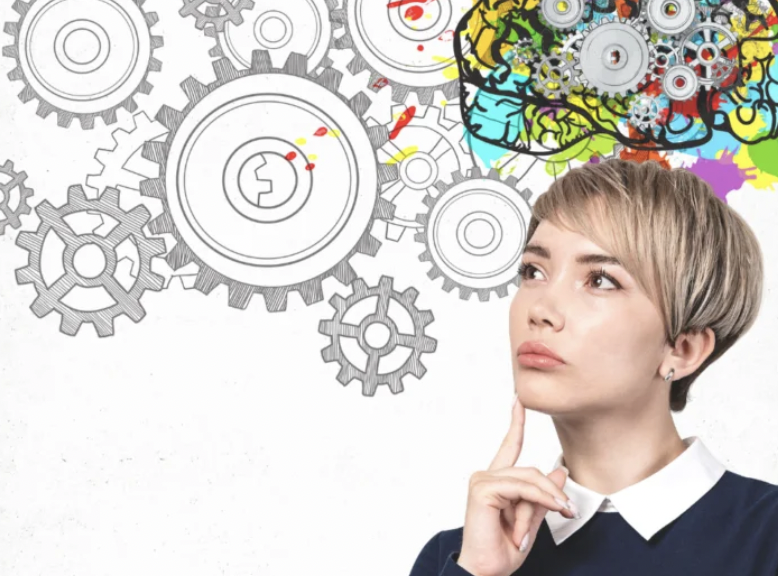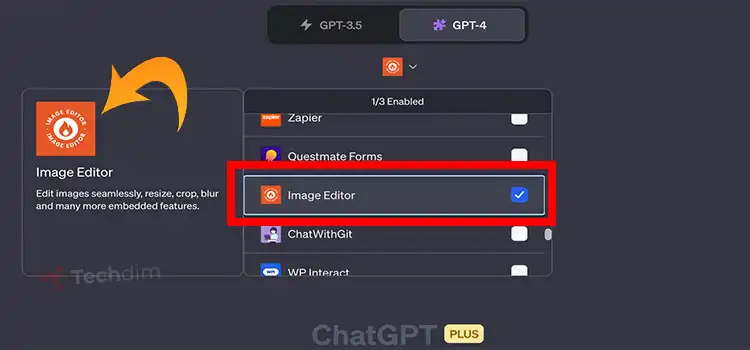Cognitive Computing in Healthcare: Your Doctor’s New Sidekick
There’s something deeply comforting about a doctor with a stethoscope slung around their neck, scribbling on a clipboard with mysterious authority. What’s less comforting is knowing they had to read five years’ worth of medical research… last night. Spoiler: They didn’t.

That’s where cognitive computing struts in, not like a superhero, more like that silent partner in a heist movie who hacks the security grid while sipping coffee. Cool, invisible, and way smarter than everyone else in the room.
Let’s talk about what’s happening in healthcare, a space that’s being quietly overhauled by machines that don’t have medical degrees, but somehow still know what’s up.
The Doctor’s Not Alone Anymore
So here’s the thing: healthcare has a data obesity problem. It’s bloated. Every patient comes with a buffet of symptoms, charts, images, reports, and that one note from 2011 that still says “observe.” Multiply that by a few million, and good luck spotting the red flags before it’s too late.
Enter cognitive systems. They don’t sleep, don’t panic, and definitely don’t forget that obscure clinical trial from Finland in 2004. These systems don’t pretend to be doctors. They just read everything and whisper, “Hey, maybe check for this rare thing no one’s thought of yet.”
It’s like having a genius in the corner, minus the ego.
Use Case #1: Diagnosis, with a Side of Machine Humility
Imagine a system that gets handed your full medical record, your test results, and that weird thing you Googled at 2 a.m and then cross-references all of it against global case histories, research papers, and real-world outcomes. In 10 seconds.
It’s not saying, “You definitely have this.” It’s saying, “There’s a 78% chance it’s this, and by the way, here’s why.”
That’s not replacing the doctor, it’s giving them a power-up. Think Mario eating the mushroom, only the mushroom is made of data.
Use Case #2: Personalization Without the Buzzwords
Every startup loves to shout about “personalized medicine.” Usually, that means: “We slapped your name on it and guessed your weight.”
Cognitive computing actually does the work. It sifts through genomic data, past responses to treatment, lifestyle inputs, and even socioeconomic context. Then it suggests actual personalized treatment paths. Less one-size-fits-all, more “this worked for 300 patients just like you, here’s why it might work again.”
Also: no vibes-based decisions.
Use Case #3: Predicting What’s Next — Before It’s Too Late
Cognitive systems aren’t clairvoyant, but they’re dangerously close.
Hospitals are already using them to detect signs of sepsis hours before it’s obvious to humans. That’s not because the machines are magic it’s because they’re constantly watching patterns, reading vital signs, and remembering every patient who crashed at 2 a.m. because of a subtle warning everyone missed.
To the system, it’s not intuition. It’s just math. Cold, life-saving math.
The Uneasy Truth: Humans Don’t Scale
Doctors are stretched thin. Nurses are exhausted. Admins are buried in clicks. Healthcare is, let’s be honest, a bit broken.
Cognitive computing doesn’t fix the system. But it amplifies the good parts. It catches what we miss. It remembers what we forget. It never says, “I’ll check on that later.”
And yeah, it also makes some people nervous. It should. But not because it’s trying to replace people, it’s just finally giving them a chance to keep up.
But Here’s the Catch
Let’s not romanticize this. A lot can go wrong:
- If your training data is biased, your system will be, too. Garbage in, ethical nightmare out.
- If it’s a black box, nobody trusts it. “The algorithm says so” is not a diagnosis.
- And if hospitals adopt it just for the PR – well, you end up with a glorified search engine wearing a lab coat.
Cognitive systems can’t work in isolation. They need smart humans to push back, ask questions, override when necessary. The best setups? They make the doctor the hero, not the machine.
Final Thought: This Is the AI We Want
Cognitive computing doesn’t need to be flashy. It just needs to work.
No hype, no humanoid robots. Just invisible intelligence quietly saving lives in the background. It’s still early. But it’s already showing us what happens when AI doesn’t try to be human… it just tries to help them.
So next time your doctor catches something early, or recommends a treatment that feels weirdly precise – don’t thank the cloud, or the algorithm. Thank the fact that someone finally built a machine that knows how to listen, learn, and never forget.
Which, let’s be honest, is more than we can say for most of us.
Subscribe to our newsletter
& plug into
the world of technology





